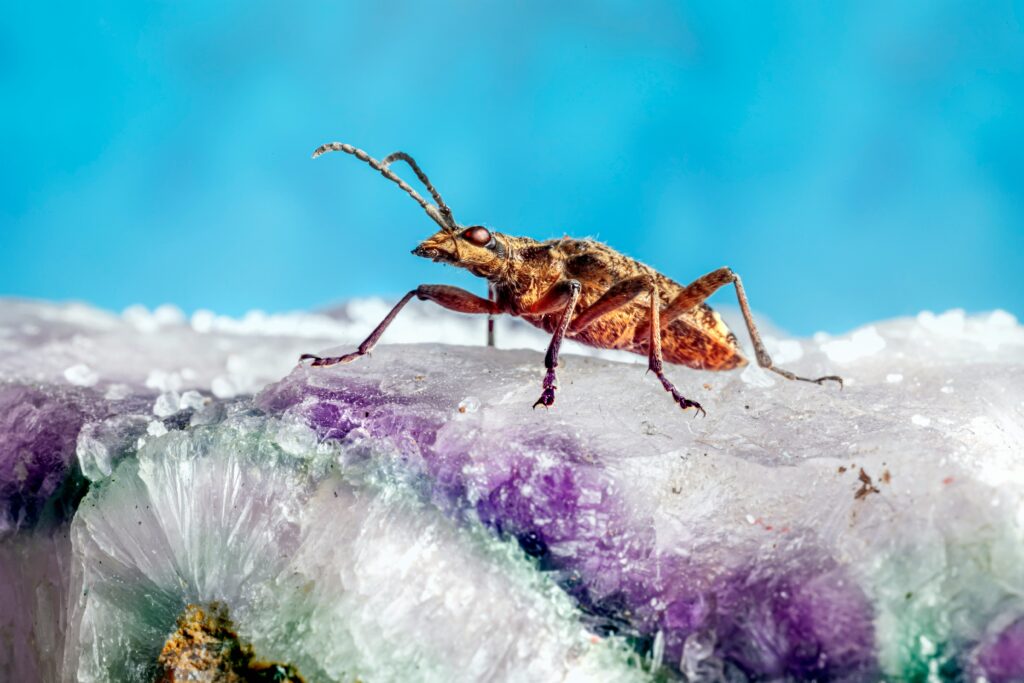In the frigid realms of the Arctic and sub-Arctic regions, where temperatures plummet far below freezing, most creatures either migrate to warmer climates or enter a state of hibernation. However, there exists one remarkable insect that has evolved an extraordinary survival mechanism unlike any other. The Upis beetle, scientifically known as *Upis ceramboides*, possesses the unique ability to survive being frozen solid, making it a marvel of biological adaptation and a subject of intense scientific interest. This fascinating creature has developed specialized physiological processes that allow it to endure extreme cold that would prove fatal to virtually all other insects, showcasing nature’s incredible ingenuity in the face of harsh environmental challenges.
Meet the Freeze-Tolerant Marvel: The Upis Beetle
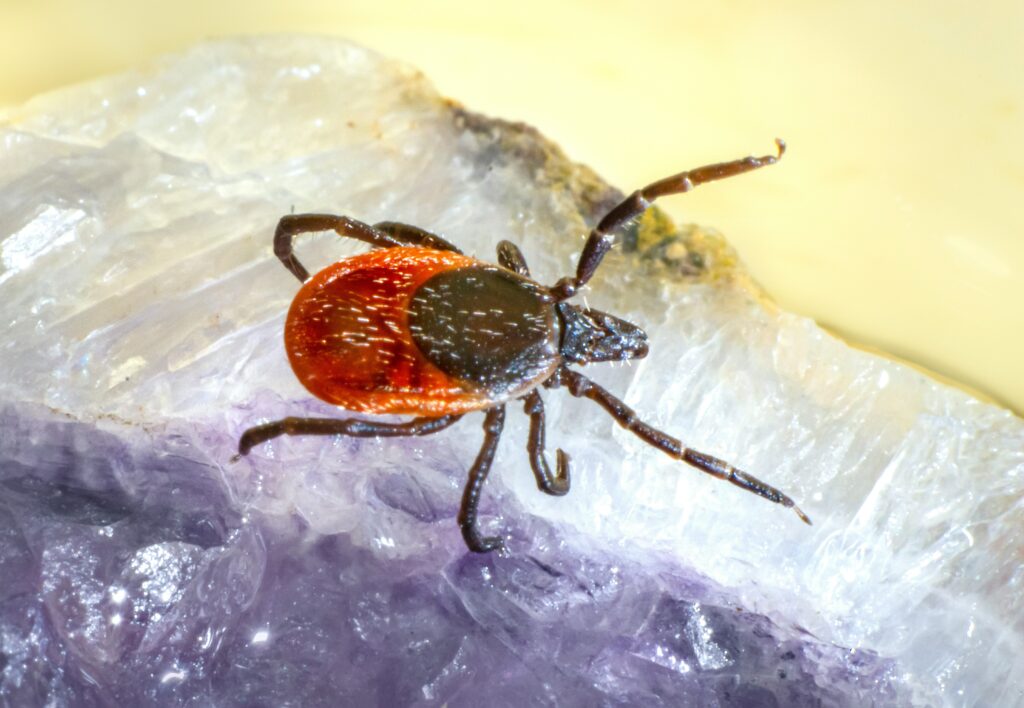
The Upis beetle, commonly referred to as the Arctic beetle or freeze-tolerant beetle, belongs to the Tenebrionidae family and is primarily found in Alaska, Canada, and northern regions of Russia. This unassuming black beetle, measuring just 10-15mm in length, wouldn’t catch your eye in a lineup of insects, yet its survival capabilities are nothing short of extraordinary. Its rather plain appearance belies the complex biochemical processes occurring within its body that allow it to withstand temperatures as low as -76°F (-60°C). In these harsh conditions, the Upis beetle doesn’t just enter a state of dormancy—it actually freezes solid, with its body tissues turning to ice, then thaws and continues its life when temperatures rise again, making it unique among the insect world.
The Science Behind Freezing Without Dying
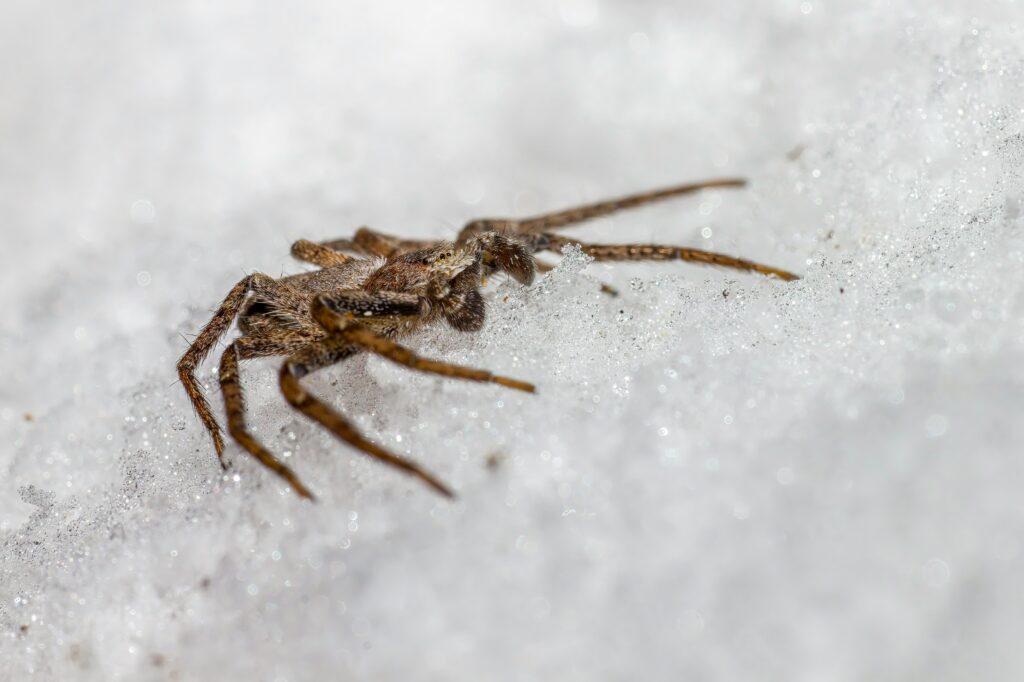
The fundamental challenge any organism faces when freezing is the formation of ice crystals within cells, which typically ruptures cell membranes and causes irreversible damage. The Upis beetle, however, has evolved a sophisticated antifreeze system that prevents this lethal ice crystal formation. Scientists have discovered that these beetles produce specialized proteins and sugar alcohols, particularly xylomannan, which acts as a natural antifreeze compound. This remarkable substance binds to water molecules and prevents them from forming the sharp, damaging ice crystals that would otherwise destroy cellular structures. Instead, when an Upis beetle freezes, the water between its cells forms a glass-like substance rather than jagged ice crystals, preserving the integrity of the cell membranes and internal organs during the freezing process.
Cryoprotectants: Nature’s Antifreeze Solution

The secret to the Upis beetle’s freeze tolerance lies in its production of cryoprotectants—specialized compounds that protect tissues from freeze damage. Unlike many cold-hardy insects that rely on glycerol as their primary cryoprotectant, the Upis beetle produces a unique combination of xylomannan and antifreeze proteins. These compounds work synergistically to manage the freezing process in the beetle’s body. The xylomannan lowers the freezing point of the insect’s bodily fluids, while the antifreeze proteins inhibit ice crystal growth and recrystallization. This dual-action approach allows up to 70% of the beetle’s body water to freeze without causing cellular destruction, effectively turning the insect into a living popsicle that can safely thaw when conditions improve.
Evolutionary Adaptations for Extreme Cold
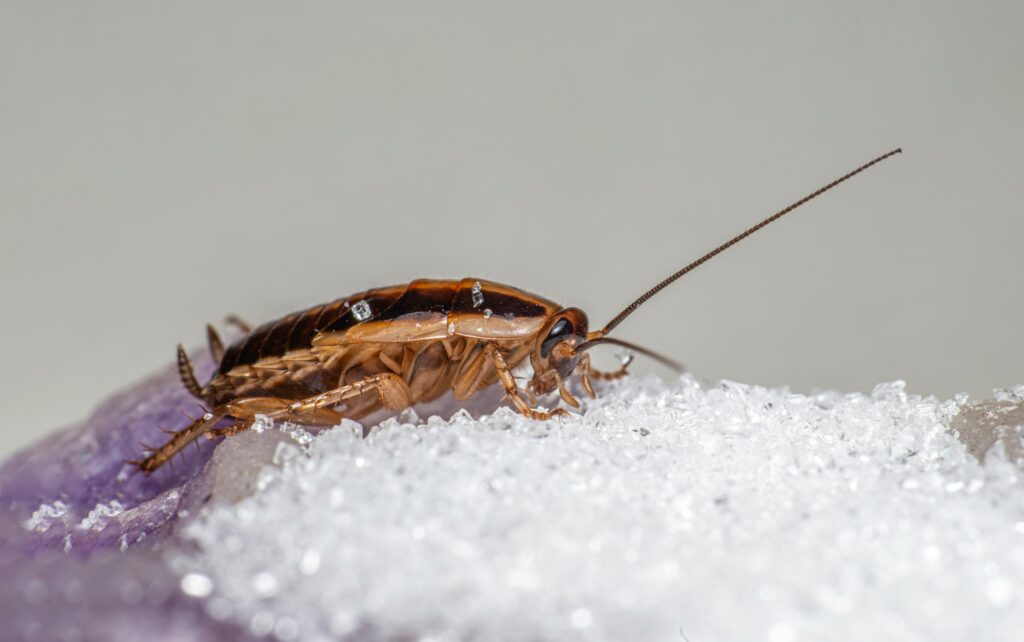
The Upis beetle’s freeze tolerance didn’t develop overnight but represents millions of years of evolutionary adaptation to increasingly colder environments. Scientists believe that as the Earth experienced periods of glaciation, the ancestors of today’s Upis beetles gradually developed these specialized mechanisms to survive in progressively colder habitats. This evolutionary journey has resulted in a creature perfectly adapted to life in some of the planet’s harshest environments. Beyond their cryoprotectant system, these beetles have also evolved behavioral adaptations, such as seeking protected microhabitats under tree bark or in rotting logs during winter, which provide some insulation against the most extreme temperature fluctuations.
The Seasonal Preparation Process
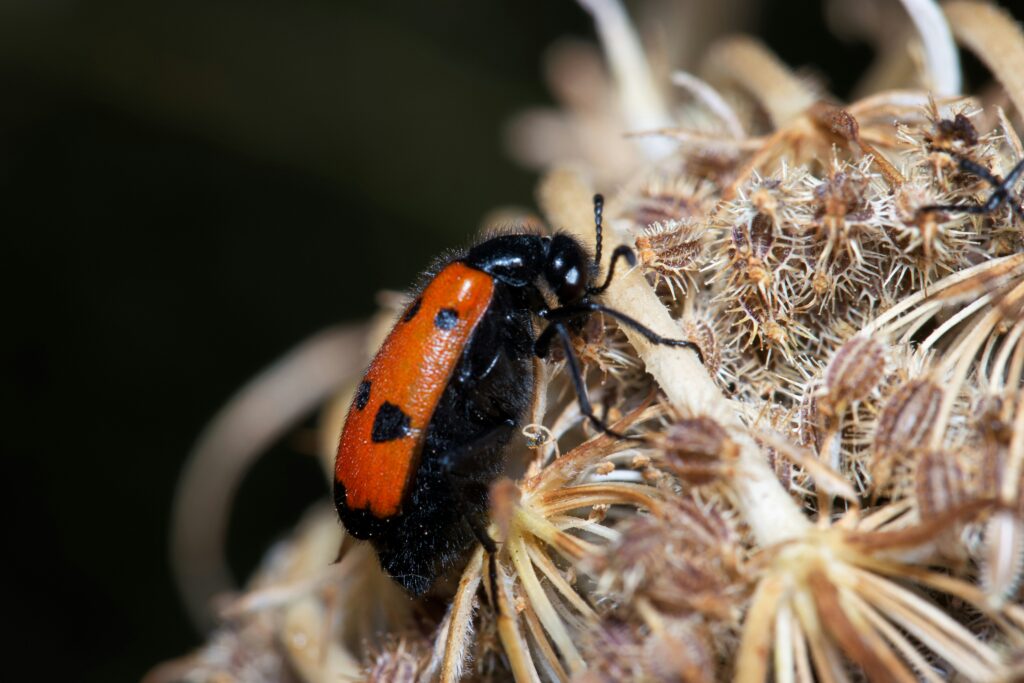
The Upis beetle’s freeze tolerance isn’t a year-round capability but rather a seasonal adaptation that requires careful preparation. As autumn approaches and temperatures begin to drop, these remarkable insects undergo a process called cold-hardening, during which their bodies gradually increase the production of antifreeze compounds. This preparation is triggered by environmental cues such as shorter daylight hours and gradually dropping temperatures. During this period, the beetles also purge their guts of food particles and potential ice nucleators that could initiate unwanted freezing. The beetles must also dehydrate slightly, reducing the overall amount of water that could potentially form damaging ice within their bodies.
Life in Suspended Animation

When fully frozen, the Upis beetle enters a state that resembles suspended animation, with all metabolic processes slowed to a near-complete halt. In this frozen state, the beetle doesn’t eat, move, or show any signs of life for weeks or even months at a time. Heart rate, respiration, and nerve signals essentially stop, creating what scientists call cryptobiosis—a state between life and death. What makes this particularly remarkable is that unlike hibernation, where animals maintain a low level of metabolism, the frozen beetle’s biochemical processes are virtually arrested completely. Despite this extended period of inactivity, the beetle’s tissues remain viable, protected by their specialized antifreeze compounds, allowing them to resume normal functions when they thaw without suffering cellular damage.
The Thawing Process: Coming Back to Life
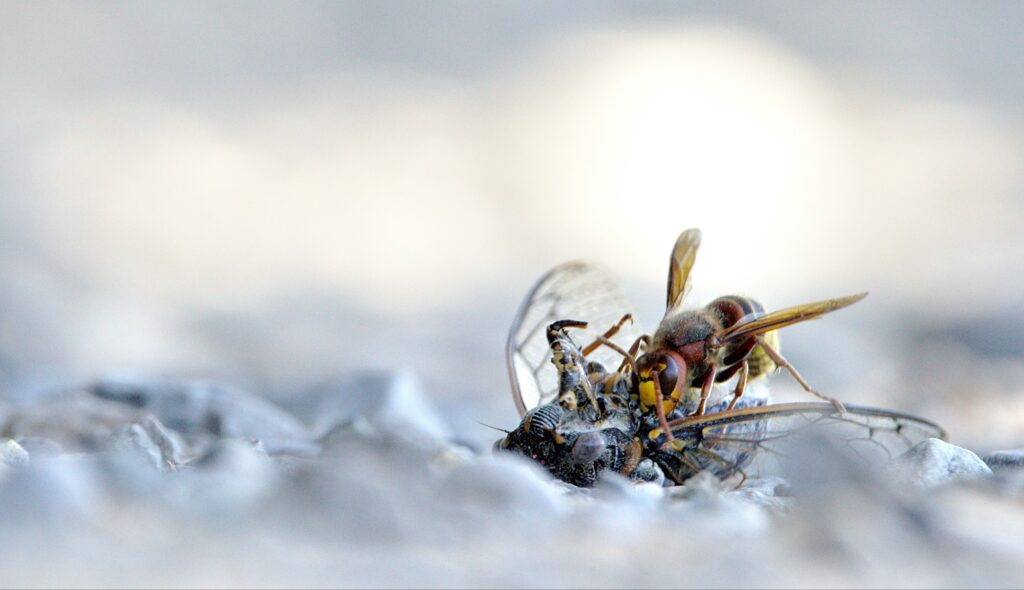
Perhaps as impressive as the Upis beetle’s ability to survive freezing is its capacity to thaw and resume normal activity without suffering damage. When spring arrives and temperatures rise, the beetle undergoes a carefully controlled thawing process. The unfreezing occurs gradually from the outside in, allowing the beetle’s systems to reactivate in a coordinated manner. Within hours of thawing, the beetle’s heart begins beating again, followed by the restoration of respiratory functions and nervous system activity. Shortly after completely thawing, the beetle can resume normal behaviors such as walking, feeding, and reproducing, showing no ill effects from its frozen state.
Scientific Applications and Research Interest

The Upis beetle’s extraordinary freeze tolerance has attracted significant scientific interest, particularly in fields related to cryobiology and medical preservation. Researchers are studying these beetles in hopes of applying their natural antifreeze mechanisms to improve organ preservation for transplantation and develop better methods for storing biological materials. The unique xylomannan compound has potential applications in cryosurgery and food preservation technologies. Additionally, understanding how these beetles protect their cellular structures during freezing could lead to breakthroughs in treatments for frostbite and hypothermia in humans, potentially saving lives and limbs in cold-weather emergencies.
Ecological Role and Habitat

Beyond their remarkable cold tolerance, Upis beetles play an important ecological role in their native habitats. These beetles primarily feed on fungi growing on dead or dying birch trees and other boreal forest vegetation, helping to break down dead wood and recycle nutrients in these slow-growing northern ecosystems. Their ability to remain active at lower temperatures than most insects means they can continue this ecological function earlier in spring and later into autumn than other decomposers. The beetles typically make their homes under the bark of trees or in rotting logs, which not only provides them with a ready food source but also offers some insulation against the most extreme temperature fluctuations.
Distinguishing Freeze Tolerance from Freeze Avoidance
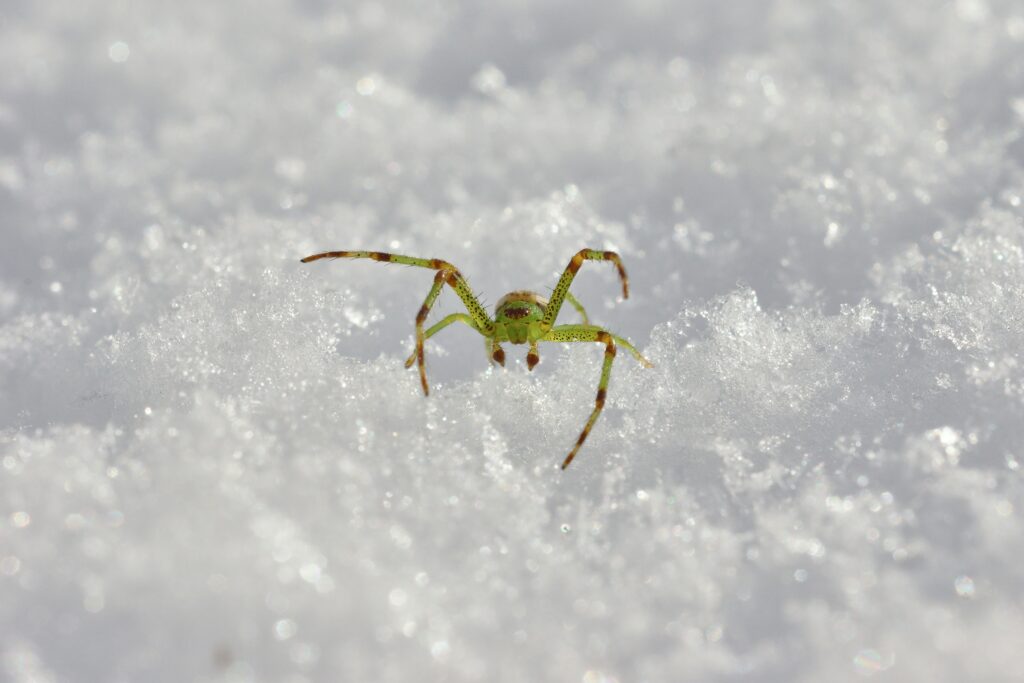
It’s important to distinguish between freeze tolerance (as exhibited by the Upis beetle) and freeze avoidance, which are two distinct cold-survival strategies in the insect world. While the Upis beetle allows its tissues to freeze in a controlled manner, most cold-hardy insects employ freeze avoidance strategies, producing antifreeze compounds that prevent ice formation altogether even as temperatures drop below freezing. The woolly bear caterpillar, for example, can supercool its body fluids to prevent freezing, but unlike the Upis beetle, it would die if actually frozen solid. The distinction is critical: freeze-avoiding insects prevent ice formation entirely, while freeze-tolerant insects like the Upis beetle manage the freezing process to make it non-lethal.
Climate Change Challenges

Despite their remarkable resilience to extreme cold, Upis beetles face new challenges from climate change. The warming Arctic and changing precipitation patterns may disrupt the predictable seasonal patterns these beetles have evolved to anticipate. Warmer winters with more freeze-thaw cycles could be particularly problematic, as repeated freezing and thawing require significant energy expenditure and could deplete the beetles’ limited resources. Additionally, changing forest composition in northern regions may affect the availability of their fungal food sources. While these beetles have proven themselves masters of adaptation over evolutionary time, the rapid pace of current climate change presents unprecedented challenges that could test the limits of their remarkable abilities.
Other Cold-Hardy Insects: How They Compare

While the Upis beetle stands alone in its ability to survive complete freezing, several other insects have evolved impressive cold-hardiness strategies. The New Zealand mountain weta can survive partial freezing of its body fluids, though not to the extent of the Upis beetle. Arctic woolly bear moth caterpillars can survive temperatures approaching -70°F through supercooling mechanisms and may take up to 14 years to complete their life cycle due to the short Arctic summers. Various species of darkling beetles have also evolved cold tolerance mechanisms, though none match the Upis beetle’s ability to survive complete freezing. These diverse adaptations showcase the different evolutionary pathways insects have taken to solve the problem of surviving in extremely cold environments.
The Future of Freeze-Tolerance Research

The study of the Upis beetle’s freeze tolerance continues to open new frontiers in biological research. Advances in genomic analysis are helping scientists identify and map the specific genes responsible for producing the beetle’s unique antifreeze compounds. Biomimetic applications—technologies inspired by biological processes—may lead to new cryopreservation techniques that revolutionize organ transplantation and food preservation. Some researchers are exploring whether genetic modification could potentially transfer aspects of freeze tolerance to other organisms, though such work remains highly theoretical and controversial. As climate change intensifies interest in organisms adapted to extreme conditions, the humble Upis beetle may hold valuable lessons about resilience and adaptation that extend far beyond its Arctic homeland.
Conclusion
The Upis beetle stands as a remarkable testament to nature’s ingenuity and the extraordinary adaptations that can evolve in response to environmental challenges. This unassuming insect’s ability to survive complete freezing represents one of the most impressive survival mechanisms in the animal kingdom. As scientists continue to unravel the complex biochemical processes that enable this feat, the Upis beetle may contribute to significant advances in medical preservation, cryobiology, and our understanding of life’s resilience in extreme conditions. In a world increasingly concerned with climate change and environmental adaptation, this tiny beetle offers a powerful reminder of nature’s capacity for extraordinary solutions to seemingly impossible challenges—a frozen pioneer that continues to thrive where few other creatures can survive.

